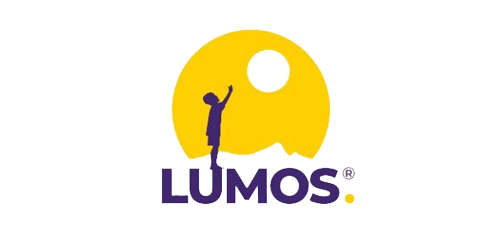CONTEXT
Lumos is a company operating in Nigeria, providing solar power systems to people living in remote areas not connected to the electricity grid, with a market of 1.3 billion potential customers. Lumos offers lease-to-own, clean, and affordable solar power solutions paid with monthly payments via mobile devices. Upon completion of the lease period, customers gain full ownership of the solar product, ensuring a sustainable and reliable energy source.
CHALLENGE
Lumos was experiencing an increasing rate of customer churn, where customers, despite the affordability of the service, were discontinuing their payments and missing out on the long-term benefits of solar power ownership.
The challenge was to identify the underlying causes of this churn and develop a strategy to reduce it, thereby ensuring that customers remained engaged with the product until they fully owned their solar systems.
APPROACH
To tackle this issue, our team traveled to Lumos’s largest market in Africa, spending two weeks conducting in-depth, hands-on research and analysis. Through focused inquiries and interdisciplinary perspectives, we collaborated closely with Lumos’s executives and customers to gain a deeper understanding of the challenges.
Our methodological toolbox in this project included a series of workshops held with company executives and customers, qualitative research through observations and interviews, and quantitative research using existing BI tools and a survey we developed in order to dive deeper into the root causes of customer churn.
FINDINGS AND IMPACT
After analyzing all available data, we identified ten key categories for improvement, with cultural behavior emerging as the most significant consideration. In the regions where Lumos operates, customers were more inclined to seek help from friends and family rather than contacting the company’s customer support, regardless of their expertise. Armed with this insight, we helped Lumos design and implement the “Service Ambassadors” program. This pilot program involved training a select group of loyal customers to act as local ambassadors within their communities, providing technical support and resolving issues that could lead to customer churn.
The “Service Ambassadors” program proved to be highly successful, leading to increased product usage and higher customer retention. As a direct result, Lumos experienced a 13% increase in ARPU (Average Revenue Per User) in the communities that benefited from the new intervention. Additionally, the CEO of Lumos revised the organizational structure to prioritize revenue optimization specialists, further aligning the company’s focus on sustaining long-term customer relationships and growth.
INSIGHTS
- Cultural Adaptation: The success of the “Service Ambassadors” program highlighted the importance of understanding and adapting to local cultural behaviors. By aligning support strategies with how customers naturally seek help, Lumos was able to significantly reduce customer churn.
- Strategic Organizational Changes: The decision to revise the organizational structure to prioritize revenue optimization underscores the value of integrating customer behavior insights into broader business strategies.

